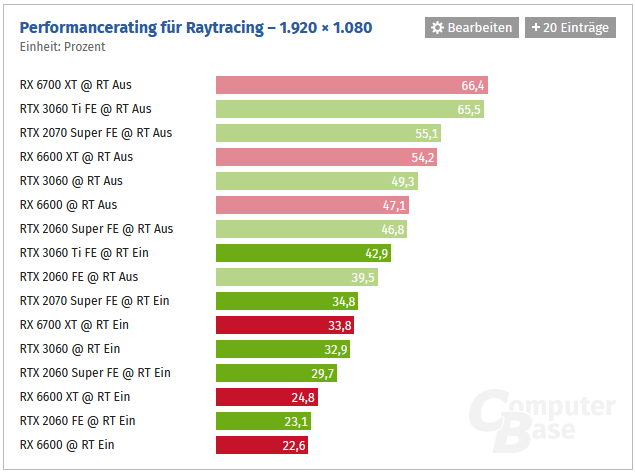Silent_Buddha
Legend
We had 512 and 448 bit bus as one point, years ago. Why it is out of the question now ? Price ? It wasn't a massive problem before...
As your data transfer rates get higher signal integrity gets more complex. If you have a wider bus, that compounds the issue as you have to deal with not only signal integrity but data integrity (synchronizing it so all the data arrives when it should arrive). Microsoft talked about this a bit in their Hot Chips talk for the Xbox Series X.
So, PCB layout becomes a nightmare because all traces have to be the exact same length. But due to the high transfer rate you also want each trace to be as short as physically possible.
Thus it's a cost + data integrity issue.
Regards,
SB





